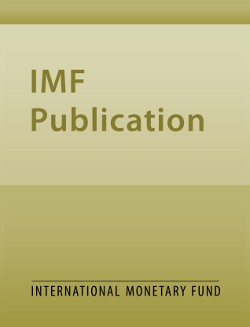
The Importance of Diagnostic Expectations in Open Economies
The Importance of Diagnostic Expectations in Open Economies
READ MORE...
Volume/Issue:
Volume 2025
Issue 246
Publication date: November 2025
ISBN: 9798229031943
$20.00
Add to Cart by clicking price of the language and format you'd like to purchase
Available Languages and Formats
| English |
Prices in red indicate formats that are not yet available but are forthcoming.
Topics covered in this book
This title contains information about the following subjects.
Click on a subject if you would like to see other titles with the same subjects.
Small Open Economy , Diagnostic Expectations , Bayesian Estimation , Forecasting
Summary
We develop and estimate a parsimonious New-Keynesian small open-economy model that incorporates Diagnostic Expectations (DE)—a behavioral alternative to Rational Expectations (RE). Under DE, agents systematically overreact to new information, generating additional endogenous volatility. Our empirical analysis provides robust support for the DE framework: it fits Canadian data significantly better than the nested RE benchmark and improves forecasts of key macroeconomic variables, including real GDP growth, even during crises such as the Global Financial Crisis. These gains arise because DE reshapes the transmission of shocks, amplifying their effects and strengthening the exchange-rate channel of monetary policy. As a result, the relative importance of structural shocks shifts—with greater roles for supply shocks—and policymakers face a meaningfully worse inflation–output volatility trade-off. Taken together, our results highlight the relevance of behavioral expectations for open-economy dynamics and policy design.
Copyright © 2010 - 2025
Powered by:
AIDC



